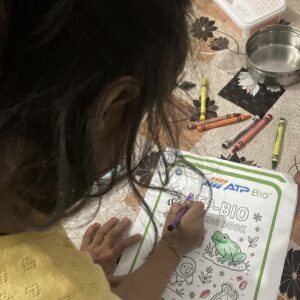Project 1: Organoids
Organoids are tiny, lab-grown versions of human organs that help scientists study how our bodies work and develop new medicines. With more support to make, store, and share these mini-organs, we can speed up discoveries that improve health and healthcare around the world.
Read more here: Atala, A., Bischof, J.C., Chen, C.S., Fisher, J.P., Hermanson, D.L., Howe, C.L., Low, W.C., Ma, Z., McKenna, D.H., Palecek, S.P., Temenoff, J.S., Ogle, B.M. (2025). The need for an organoid manufacturing, preservation, and distribution center. Stem Cells Translational Medicine. 14 (7), [szaf031]. DOI: https://doi.org/10.1093/stcltm/szaf031


